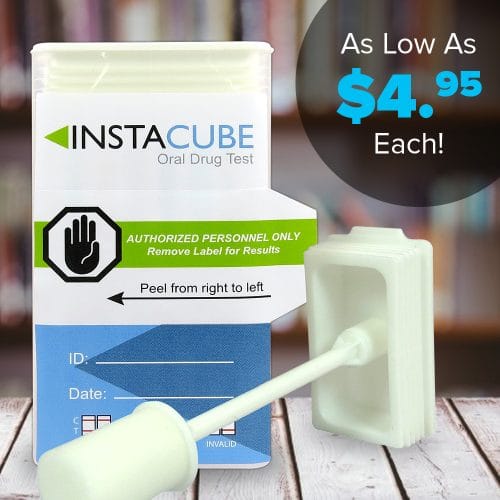Dealers do their best to makes the product sound harmless: spice, K2, molly, bath salts, herbal incense, plant food. Some are even sold under the guise of legitimate products in head shops and gas stations and online.
But they are all part of an escalating trend to produce and market synthetic drugs to a demanding marketplace. While lawmakers and law enforcement does its best to keep up, new drugs appear constantly—some with horrific effects.
“Synthetic drugs” is a term most often applied to synthetic marijuana or cannabinoids, designed to mimic the effects of pot, or synthetic cathinones, which are supposed to have a high similar to amphetamines. Fake pot, after real marijuana, is the most frequently used drug among high school seniors. In fact, the biggest group of users for synthetics is 12- to-17-year-olds!
Synthetics Is a growth market
The popularity of synthetics is rising in part because they are easy to make in quantity and easy to market to customers, often under those harmless sounding names. Another reason for the increase is the murky legal waters surrounding the substances.
The federal government and 2/3 of the states have passed some form of laws banning the substances. But they all run into the problem of defining exactly what is illegal. As soon as one chemical formula is outlawed, manufacturers tinker with the compounds and come up with a variation which may—or may not—slip out from under the legal umbrella. The problem drug enforcers face is coming up with definitions broad enough to apply to the illegal substances without being so vague that they fail to hold up in court. There are an estimated over 500 compounds of synthetic cannabinoids alone.
Horror stories keeping pace
Unlike established drugs—which have their own deleterious effects on users—synthetics venture into unknown territories that can lead to strokes, seizures, psychosis, and death. Emergency rooms across the country are seeing an alarming spike in the number of overdose cases.
Here are some of the disturbing recent cases linked to synthetics:
- In Colorado, in spite of the legalization of marijuana, synthetics are still popular. In August 2013, a bad batch of Spice apparently sent over 200 people to Denver area hospitals with an alarming range of symptoms: vomiting, unconsciousness, severe anxiety, rapid heart rates, low blood pressure and more. Three of those cases died. In May 2014, 9 people were indicted in a nationwide sweep related to the incident.
- A 15-year-old boy experienced a psychotic break after using synthetic pot. Now 18, he has made 3 suicide attempts, undergone electroshock therapy and been institutionalized 17 times.
- Synthetic marijuana sent a teenage girl to the ER. Several strokes destroyed portions of her brain, leaving her paralyzed, blind, and unaware of her surroundings. After nine months, she was able to return to school, but is still unable to read, write, or walk.
More drugs, more problems
Other drugs are often classified as synthetics, including “Molly”, whose main ingredient is purported to be MDMA. But often other chemicals are used and what is sold as Molly can vary widely from batch to batch. This leads to an increasing number of accidental overdoses and toxic reactions.
Like something out of a horror movie, “krokodil” has recently assaulted U.S. shores since it originated in Russia in 2002. Not strictly a synthetic, this heroin-like drug is a homemade opiate concocted from a nightmare mixture of codeine-based painkillers blended with gasoline, iodine, hydrochloric acid, alcohol and paint thinner.
Developed as a substitute for heroin when that drug became expensive in Russia, krokodil is injected and has terrifying side effects. The active chemical is desomorphine, but the process of creating it adds toxic substances that attack body tissues, including blood vessels, skin, muscles, and bone. It leads to infection, gangrene, thrombosis, bone rot, and liver, kidney and brain damage. Its name comes from the effect of transforming skin into a green and scaly appearance like a crocodile. It is also called the “flesh-eating drug” because symptoms include rotting and falling away of skin.
Drug Tests in Bulk has tests for K2/Spice which are updated as frequently as they become available, but synthetic drugs will be a challenge to fighters in the war on drug abuse for years to come.


